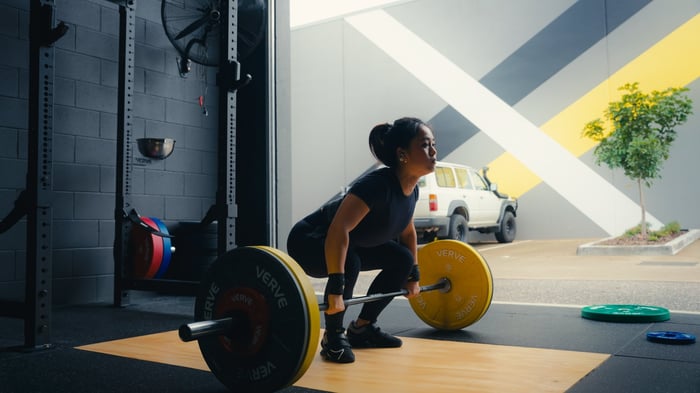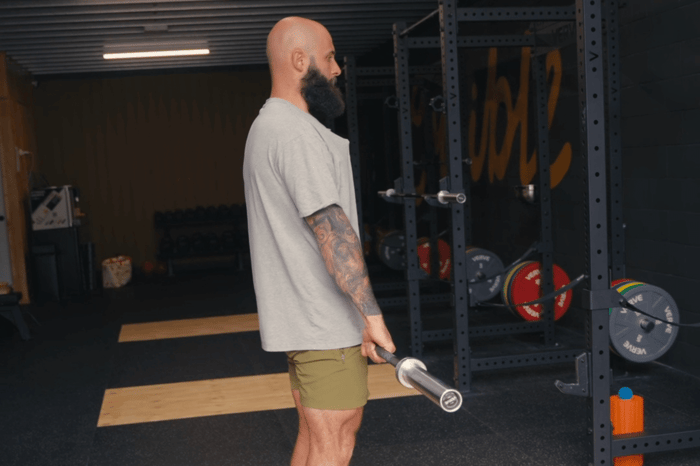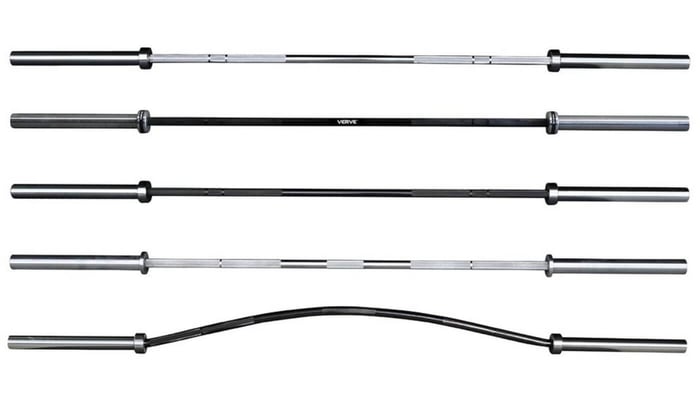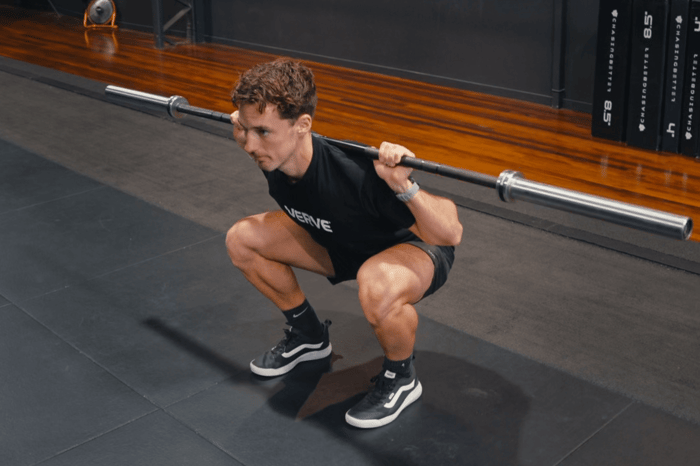The deadlift is one of the most rewarding lifts in strength training. It builds power across the entire body, reinforces proper posture, and develops functional strength that carries over into sports and everyday life. Although it looks simple, the deadlift is highly technical, and small mistakes can quickly limit progress or increase the risk of injury.
To refine performance, here are three essential tips that focus on bracing, creating tension, and maintaining a close bar path.
Tip 1: Master Bracing Technique
A strong deadlift begins with effective bracing. Many lifters aim for a flat back but often overcompensate with an exaggerated arch and flared ribs. Proper bracing stabilises the spine and creates the foundation for a safe and powerful lift.
1. Place one finger on the sternum and another on the belly button.
2. Draw those two points closer together to engage the core.
3. Take a deep breath into the stomach, expanding through the midsection rather than only the chest.
4. Hold the brace firmly, as if preparing for impact.
After bracing, hinge down to the bar and set the grip. The brace should remain intact throughout the lift. At lockout, ribs stay pointed down and in rather than flaring upward. This position maintains torso stability under heavy loads.
Tip 2: Create Tension Before the Pull
A common error in the deadlift is pulling the bar from the floor without preparation. This wastes energy and shifts the bar out of position. Instead, the goal is to create tension in both the body and the bar before the lift begins.
1. Approach the bar and set the grip
2. Extend ears and shoulders away from each other to engage the lats and upper back.
3. As tension develops, the bar begins to bend slightly, showing that it is loaded and ready to move.
Once tension is in place, initiate the lift by driving through the floor with control. A smooth and tight start creates a stronger and more efficient pull.
Tip 3: Keep the Bar Close
An efficient deadlift follows a straight bar path. Any deviation adds unnecessary difficulty and reduces efficiency. The further the bar drifts from the body, the heavier the lift will feel.
1. The bar should leave the floor in line with the mid-foot.
2. The path of the bar should remain straight, travelling directly upward and downward.
3. The bar should stay in contact with the shins and thighs throughout the lift.
Allowing the knees to move too far forward forces the bar away from the body, creating an inefficient path and placing extra strain on the lower back. Maintaining close contact maximises leverage and strength.
Putting It All Together
The deadlift is not built on strength alone. Technique plays the leading role in maximising performance and safety. By combining effective bracing, controlled pre-pull tension, and a straight bar path, the lift becomes both stronger and more efficient.
Consistent practice with moderate weight allows these technical cues to become natural. Over time, refining these fundamentals leads to heavier and more confident deadlifts.





